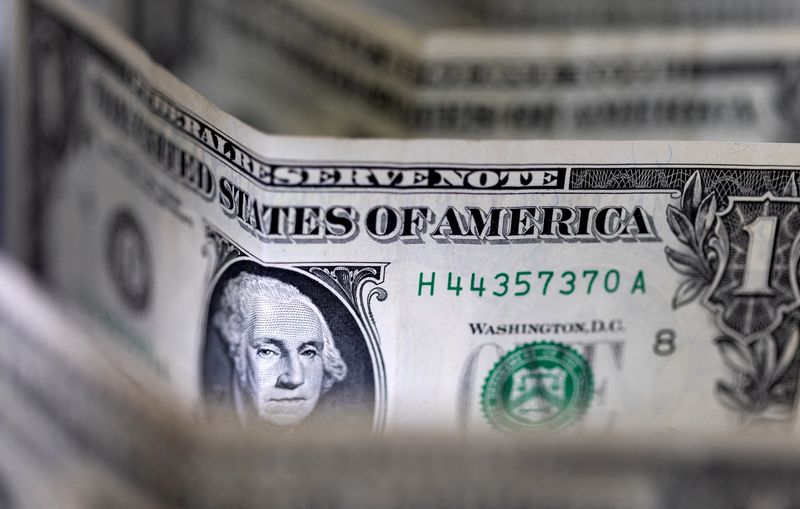Bank of America Predicts a Tactical Retreat for the U.S. Dollar
The U.S. dollar’s recent rally is facing headwinds, according to analysts at Bank of America (BofA). In a new report, BofA’s FX Quant Insight team suggests that several factors are converging to create a bearish outlook for the greenback in the short term. These factors include declining U.S. Treasury yields, waning demand for the dollar, and the upcoming Thanksgiving holiday in the United States, which is expected to thin trading volumes. The bank advises investors to capitalize on this potential reversal, recommending a tactical fade of the dollar’s strength this week.
BofA’s analysis points to several key indicators supporting their bearish dollar view. Firstly, the recent surge in the dollar has been largely driven by trading activity in the U.S. and Asian markets. The upcoming Thanksgiving holiday in the U.S. is anticipated to significantly reduce trading activity, potentially disrupting the momentum that has propelled the dollar’s rise. This reduced liquidity could exacerbate any downward pressure on the currency. Secondly, the bank observes a confluence of technical signals suggesting a reversal in the dollar’s upward trend. These signals are particularly prominent against currencies like the New Zealand dollar, the British pound, and the Swedish krona.
The New Zealand dollar (NZD) is highlighted by BofA as a particularly attractive currency to leverage against the weakening dollar. Their quantitative models indicate a bullish outlook for the NZD/USD pair, driven by a combination of favorable options flow and technical indicators pointing to a trend reversal. BofA also notes that the NZD’s current valuation adds to its appeal. However, they caution that risks remain, including the possibility of a more dovish-than-expected monetary policy announcement from the Reserve Bank of New Zealand (RBNZ). Such an announcement could dampen the NZD’s prospects.
Beyond the NZD, BofA’s technical analysis also reveals uptrend reversal signals for the U.S. dollar against both the British pound and the Swedish krona. While optimistic about the pound’s potential, the bank suggests a strategic approach for GBP bulls, recommending positioning for a lower Euro/British Pound (EUR/GBP) structure. This recommendation stems from an analysis of option demand, which remains muted for Euro calls, and trend analysis, which shows several signals indicating a continuation of the downtrend for EUR-pairs. This suggests that the pound may strengthen against the euro, even as it potentially gains against the dollar.
Further bolstering the bearish dollar outlook is the recent decline in 10-year U.S. Treasury yields. This drop, partly attributed to the nomination of Janet Yellen as Treasury Secretary, has contributed to a reduction in the risk premium associated with holding U.S. dollars. Yellen, known for her dovish stance on monetary policy, is expected to continue supporting accommodative policies, potentially keeping interest rates lower for longer. This lower interest rate environment makes the dollar less attractive to yield-seeking investors. Historically, higher U.S. interest rates have made dollar-denominated assets more appealing, driving demand and strengthening the currency. The current environment of lower yields reduces this incentive.
BofA’s analysis provides a comprehensive view of the factors currently influencing the U.S. dollar’s trajectory. The convergence of technical signals, reduced trading activity due to the Thanksgiving holiday, and the impact of lower U.S. Treasury yields all point towards a potential weakening of the greenback. The bank’s recommendation to fade the dollar rally this week, particularly against currencies like the New Zealand dollar, offers investors a potential tactical trading opportunity. However, as with any investment strategy, it’s crucial to consider the associated risks, including the potential impact of central bank announcements and other unforeseen market events. Investors should carefully assess their risk tolerance and consult with financial advisors before making any investment decisions.






